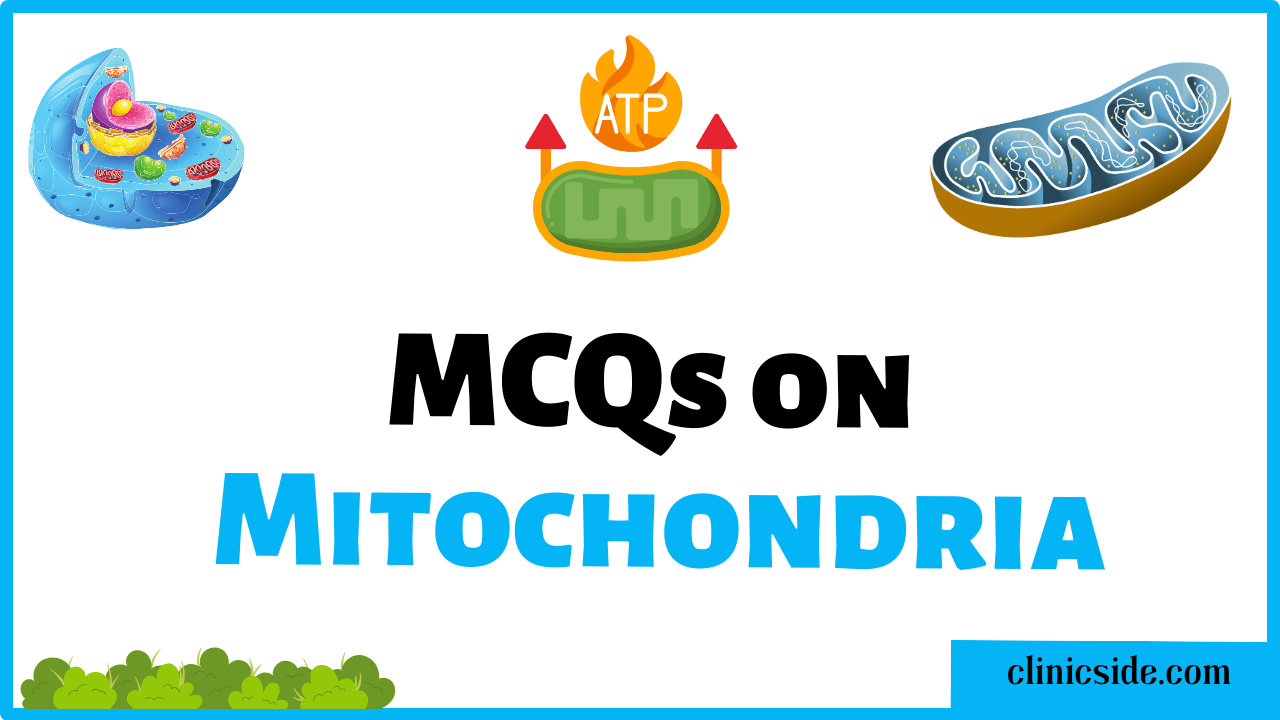Quiz
Available options: 1 to 20
Topics Covered in the Nervous System MCQs
The 20 MCQs featured in this set cover a wide range of fundamental topics related to the human nervous system. Here’s an overview of the key concepts discussed:
Central Nervous System (CNS)
The central nervous system, comprising the brain and spinal cord, acts as the control center for the body. Questions in this section explore:
- The functions and protection of the CNS, such as the role of cerebrospinal fluid and meninges.
- The brainstem’s role in regulating life-sustaining functions like breathing and heartbeat.
- The coordination of muscle movement by the cerebellum.
Peripheral Nervous System (PNS)
The peripheral nervous system links the central nervous system to the rest of the body:
- The division of the PNS into the autonomic and somatic systems.
- The roles of cranial and spinal nerves in sensory and motor functions.
Autonomic Nervous System (ANS)
The autonomic nervous system controls involuntary bodily functions. Questions explore:
- The “fight or flight” response activated by the sympathetic nervous system.
- The parasympathetic nervous system’s role in relaxation and digestion.
- Control of automatic functions, including heart rate and digestive processes.
Somatic Nervous System
This part of the nervous system governs voluntary muscle movements. MCQs discuss:
- The control of skeletal muscles through conscious effort.
- The distinction between the somatic and autonomic systems.
Reflex Arcs and Neural Pathways
The reflex arc is a critical mechanism for rapid responses to stimuli. Questions highlight:
- The structure and function of reflex arcs, bypassing the brain for faster response.
- The role of sensory neurons, motor neurons, and interneurons.
Functions of Key Brain Regions
Several questions address the specialized roles of brain components, including:
- Thalamus: Serves as a hub for transmitting sensory information
- Hypothalamus: Regulating homeostasis and hormone secretion.
- Cerebellum: Coordinating muscle movements and balance.
Myelin Sheath and Nerve Impulse Transmission
The myelin sheath plays a crucial role in the efficiency of the nervous system. MCQs discuss:
- How the myelin sheath accelerates the transmission of nerve impulses.
- Its importance in maintaining neuronal health and function.
Sympathetic and Parasympathetic Systems
The balance between these two systems is essential for physiological homeostasis. Questions explore:
- The “fight or flight” mechanism activated by the sympathetic system.
- The “rest and digest” activities regulated by the parasympathetic system.
Sensory and Motor Neurons
These neurons form the communication pathways of the nervous system. Topics include:
- The direction of impulses carried by sensory neurons (from sense organs to CNS).
- The role of motor neurons in transmitting signals to muscles and glands.
Enteric Nervous System
Often called the “second brain,” this part of the PNS controls digestion. MCQs focus on:
- Its independence from the CNS in regulating digestive processes.
- Its specialized role in gastrointestinal function.
These topics provide a comprehensive understanding of the nervous system, ensuring a strong foundation for learners. Each question is designed to reinforce critical concepts and help you grasp the intricacies of how the nervous system operates.





